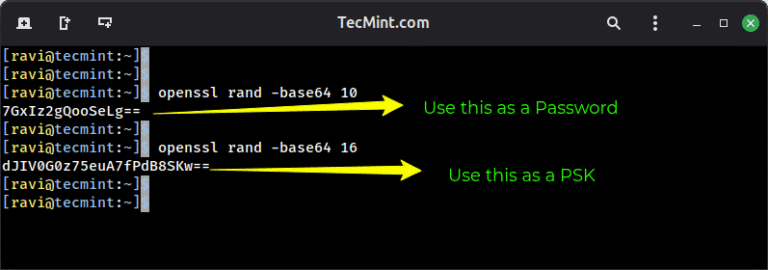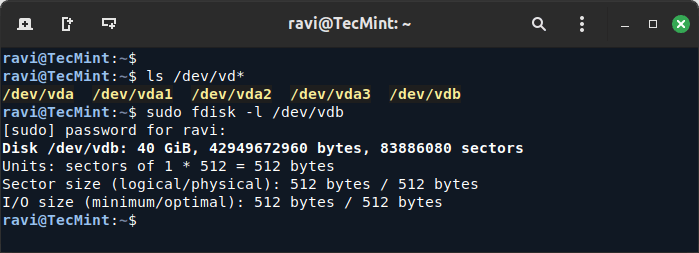AI-powered search results and the oft-postponed demise of third-party advertising cookies could lead ecommerce marketers toward alternative forms of content marketing.
Ecommerce shops depend on website visitors for sales — no shoppers, no orders. Two concerning trends have the potential to pinch stores’ site traffic.
Dual Challenges
The first challenge is familiar. Soon, web browsers will eliminate the advertising cookies that track shoppers across websites.
Cookies help advertising networks learn about consumers to show them relevant ads, i.e., ads they are likely to click. More relevant ads, in turn, lead to lower costs per click, better return on advertising spend, and more sales.
As tracking cookies disappear, advertising networks will lose signal, meaning ads may become less effective and, therefore, more expensive. The impact of this signal loss could be similar to Apple’s change in 2021 in how it tracked consumers across mobile apps, making social media ads relatively less effective. Ecommerce marketers may have to spend more to get paid traffic.
Organic traffic could also be a problem. Since May 14, 2024, Google’s AI Overview feature has been available for many web searches. Bing has a similar feature, Copilot, and some in the industry believe these search summaries will dramatically reduce organic site traffic to many websites. Research firm Gartner estimated that organic traffic could fall by 25% within two years.
Ecommerce marketers must find a way to offset reduced paid and organic visits. Alternative content marketing methods are one possible solution.

AI search summaries could reduce the amount of organic search traffic to websites.
Content Alternatives
For many marketers, content marketing is synonymous with search engine optimization. These folks think of blog posts and even product detail content as a way to rank in search engines.
However, a broad view of content marketing may open folks to benefits beyond organic search, focusing instead on three alternatives.
Editorial newsletters
For many, email newsletters are the new blogs and a significant traffic source.
Consider, for example, an online garden supply shop.
This shop could start a “Gardening This Week” newsletter. Every Thursday, it sends an email broadcast with five gardening tips, three curated from the web. The other two link back to the garden shop’s own blog — the one that once received much organic search traffic. The shop could “sponsor” its own newsletter and include a link to a product.
This newsletter would have at least three positive impacts.
- It becomes an alternative source of site traffic.
- Knowing an email address helps with abandoned cart recovery.
- Featuring a single “sponsored” product in the editorial context can drive sales.
Podcasts
In 2017, an Idaho-based farm and ranch retailer (where I was director of marketing and ecommerce) started an editorial podcast that would eventually run for 191 episodes.
The show was available on top podcasting platforms and broadcast on three local radio stations. At its peak, it reached 800,000 monthly listeners. Whenever the podcast mentioned a product, sales of that item increased.
Circa 2024, monitoring podcast performance has gotten easier, and using a podcast for content marketing could help ecommerce marketers with both traffic and sales.
Here’s how.
Imagine an online wine retailer starting a podcast interviewing sommeliers, winemakers, and industry experts.
Episodes would appear on popular podcast platforms and social media sites such as YouTube. The host would encourage listeners to visit the shop’s website and also offer a discount code for a wine mentioned in the interview.
On YouTube, the episode description would include links directly to the wine merchant’s website and the weekly offer.
Courses
Some merchants sell products that require assembly or use instructions. This presents an opportunity to teach customers via courses, a form of content marketing.
Think about an online store selling knitting supplies. The shop could launch a comprehensive knitting course, teaching the fundamentals of holding a needle and following advanced patterns. The course could reside on the shop’s website, on YouTube as a playlist, and on a dedicated portal such as Skillshare.
In each lesson, the instructor could include a materials list with links directly to the shop.
Mitigating
Marketing performance is never certain. Some of that uncertainty now concerns advertising effectiveness and organic search traffic. Marketers interested in mitigating these challenges could try alternative forms of content such as newsletters, podcasts, and courses.






